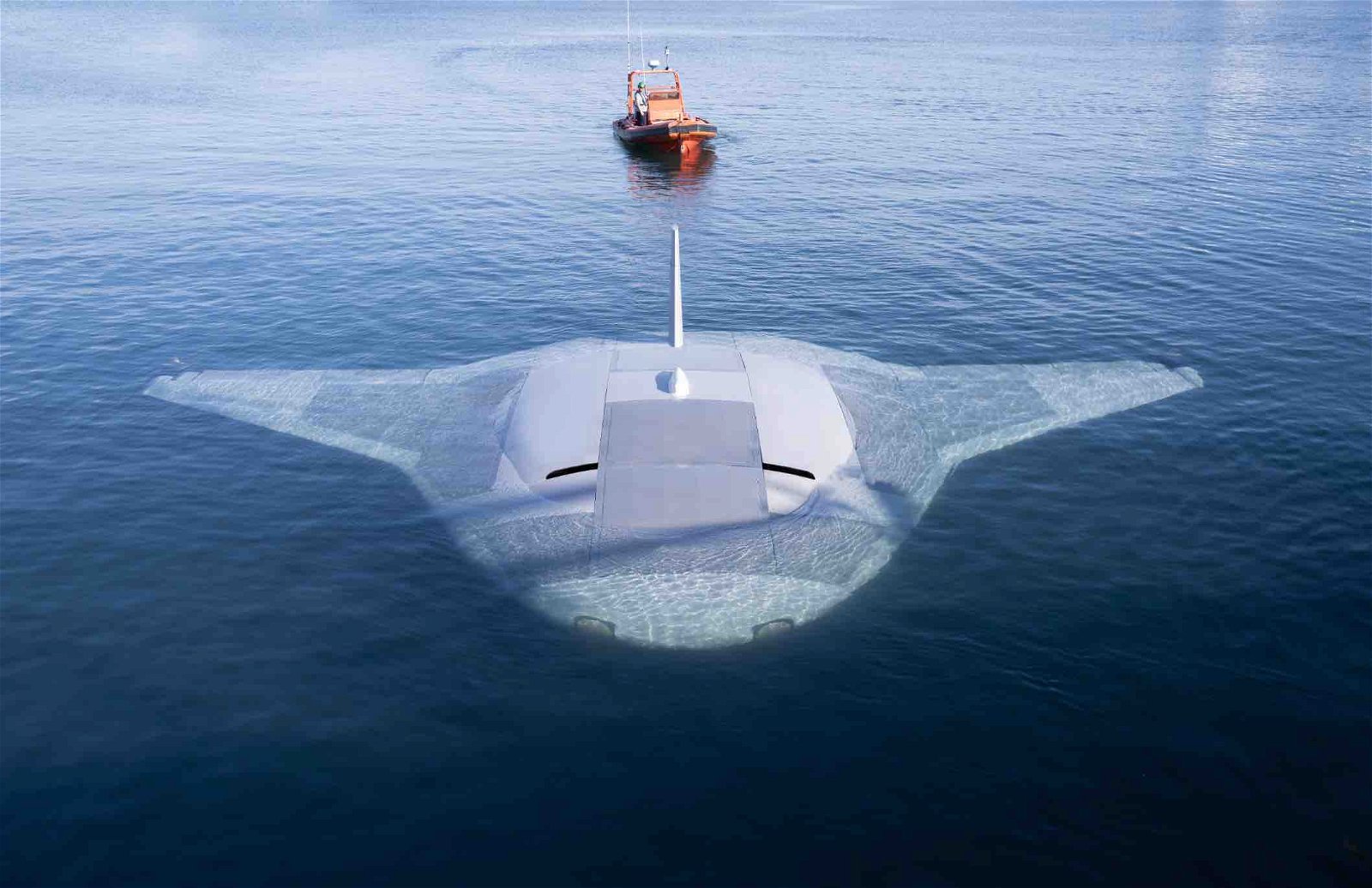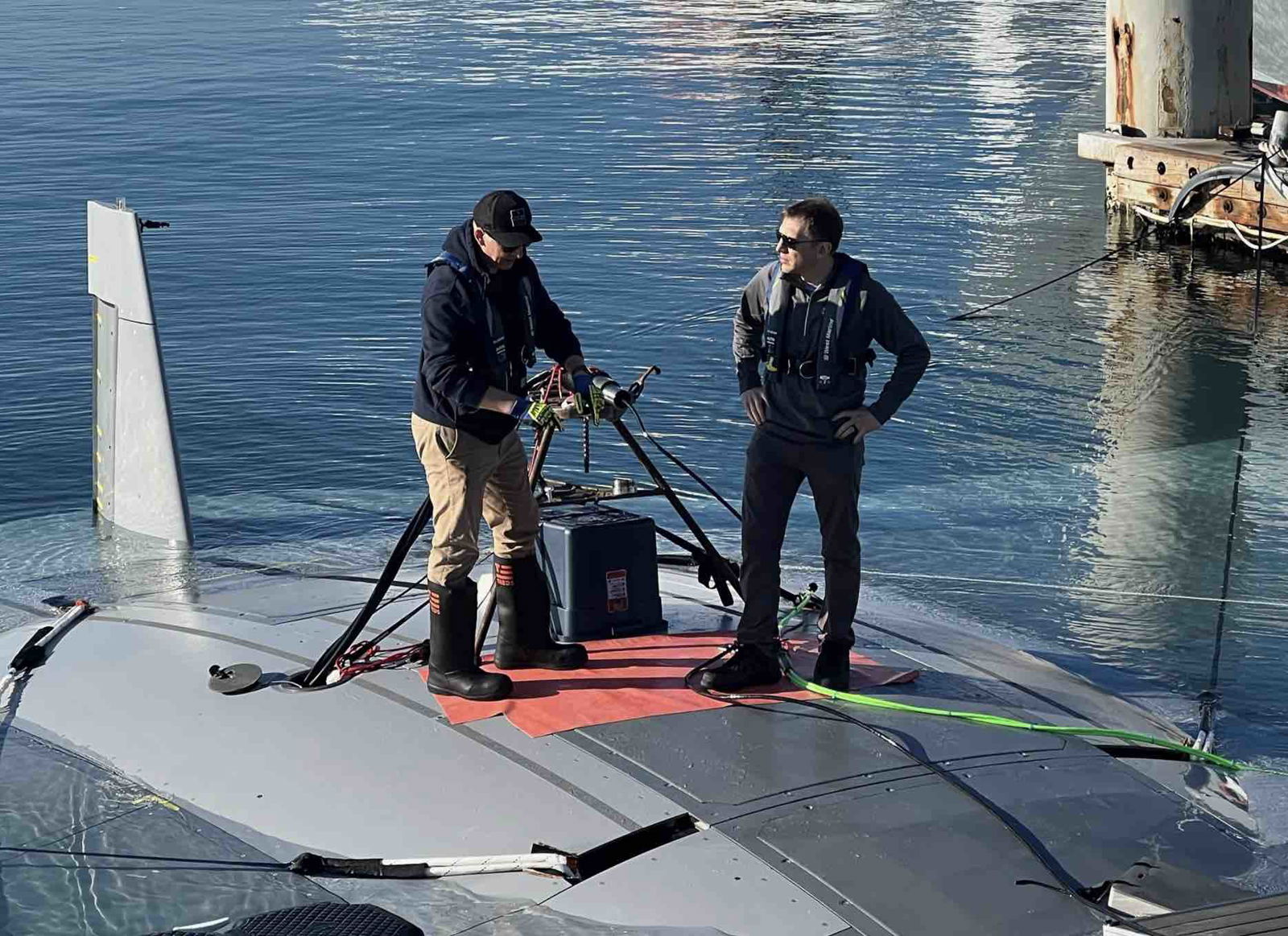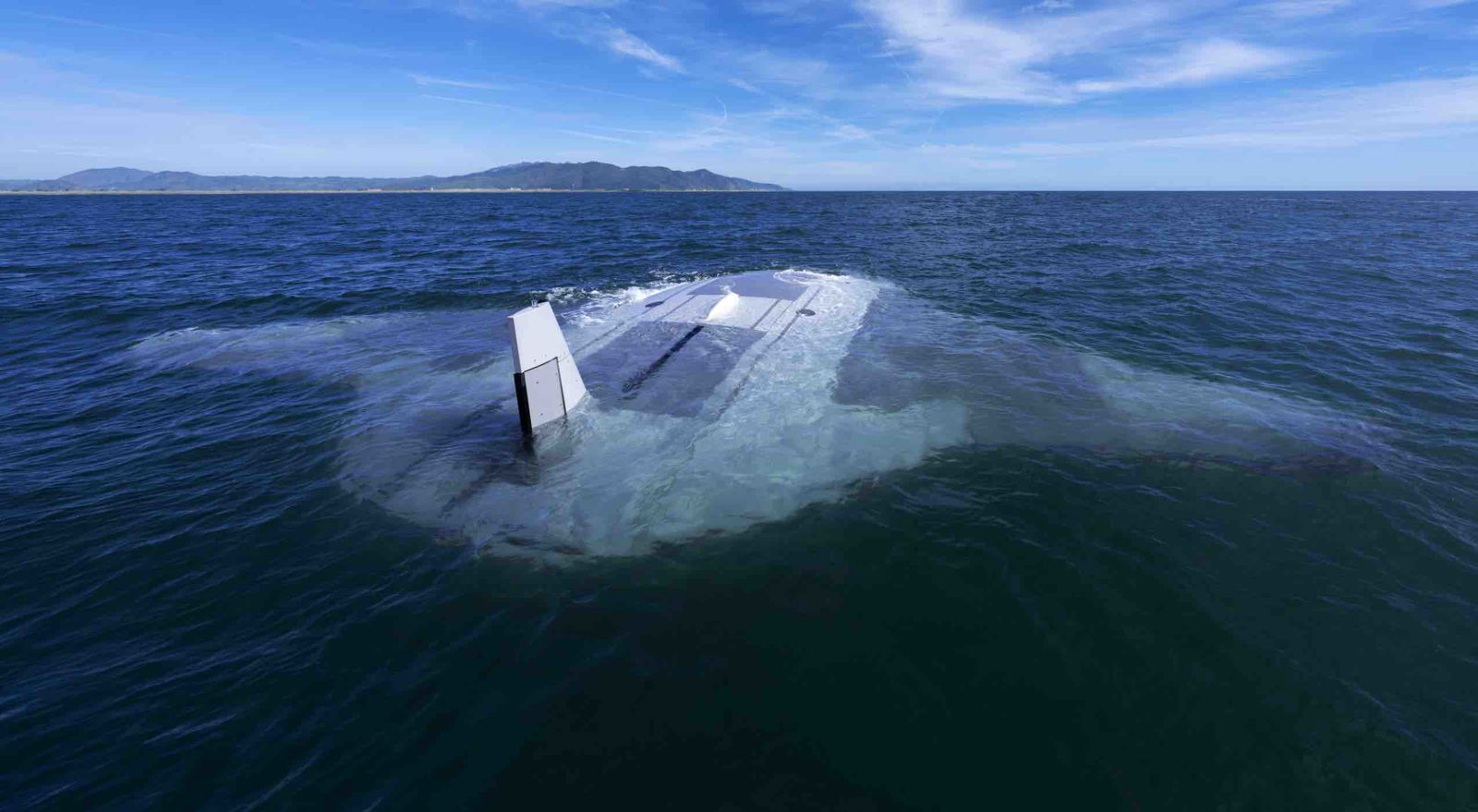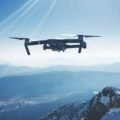The Manta Ray prototype uncrewed underwater vehicle (UUV) has successfully completed initial full-scale tests in an ocean environment, according to an update that appeared at the website of the Defense Advanced Research Project Agency (DARPA).
Built by aerospace and defense technology giants Northrop Grumman, Manta Ray’s first ocean tests were carried out off the coast of Southern California between February and March 2024, featuring submerged operations that allowed each of the new UUV’s modes of control and propulsion to be engaged.
An extra-large glider UUV designed to carry out long-range and long-duration missions in undersea environments, DARPA’s Manta Ray is a formidable new system that inherently limits the need for human logistics on-site. The first images of the completed full-scale Manta Ray prototype were released by Northrop Grumman on April 8, 2024.
Designed with both an appearance and performance that mimic mantas, a species of devil ray well known for the massive size they often grow to reach, the next-generation UUV features a range of technologies that combine energy efficiency and increased payload capacity with optimum propulsion capabilities for undersea operations, offering freedom of operation for traditional sailing vessels and providing data that will advance undersea energy harvesting capabilities.


Manta Ray is designed to be dispatched in subsections to its deployment locations, where it is fully assembled on-site. In keeping with its intended assembly parameters, the Manta Ray prototype used in tests earlier this year was delivered by Northrop Grumman directly from its building site in Maryland to California, where it was quickly completed upon arrival.
The rapid delivery and assembly in advance of testing demonstrated Manta Ray’s ability to be deployed quickly while also conserving space at naval facilities.
Dr. Kyle Woerner, DARPA program manager for Manta Ray, said the full-scale tests allowed the DARPA team to gauge the new underwater vehicle’s capabilities while ensuring that the new UUV and its rapid assembly would allow for smooth operations from the moment each of its modular subsectional components is unboxed.
“The combination of cross-country modular transportation, in-field assembly, and subsequent deployment demonstrates a first-of-kind capability for an extra-large UUV,” Woerner said in a statement.


“Shipping the vehicle directly to its intended area of operation conserves energy that the vehicle would otherwise expend during transit,” Woerner said in a statement, adding that following its deployment, Manta Ray can utilize buoyancy-propelled gliding capabilities that allow it to conserve energy while moving through the water.
Additionally, Manta Ray possesses multiple bays capable of storing payloads of various sizes, which allows it to meet the demands of several different mission types.
Ultimately, Manta Ray’s goal is to aid in developing next-generation long-duration and extended-range UUVs suited for a variety of missions and capable of carrying payloads that will altogether provide unmatched capabilities for future U.S. Navy operations.
According to DARPA, full-scale tests involving the UUV’s energy harvesting system are currently underway with Manta Ray performer PacMar Technologies.
Micah Hanks is the Editor-in-Chief and Co-Founder of The Debrief. He can be reached by email at micah@thedebrief.org. Follow his work at micahhanks.com and on X: @MicahHanks.

